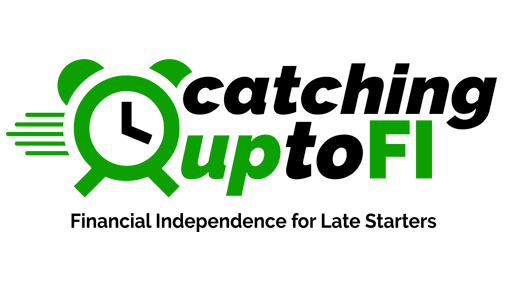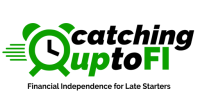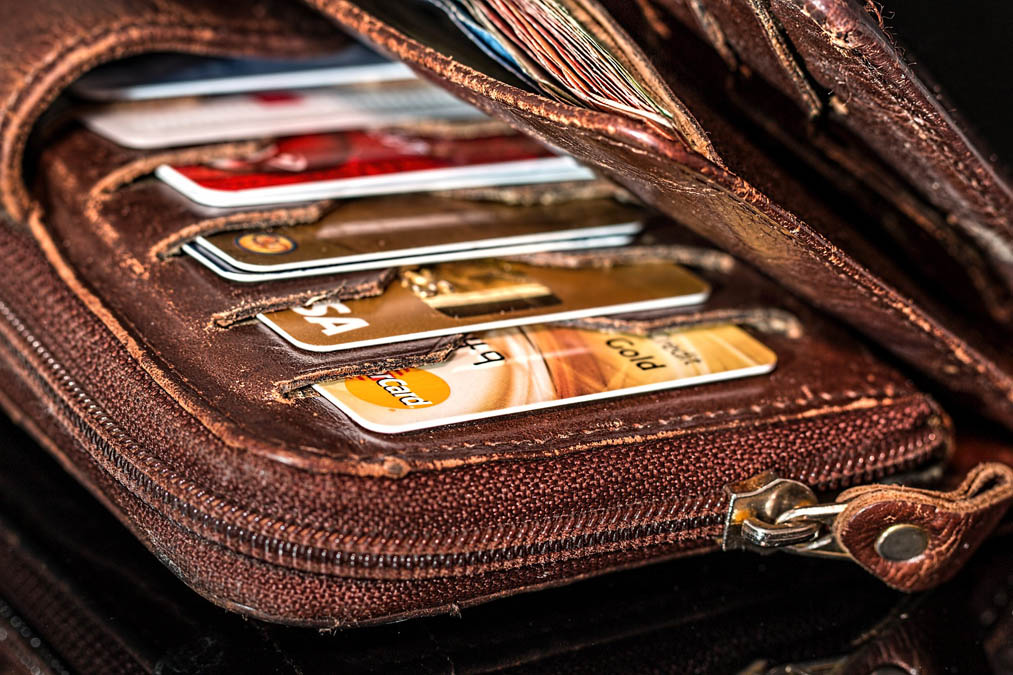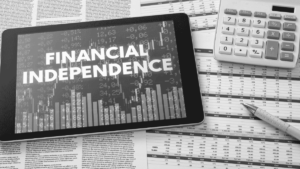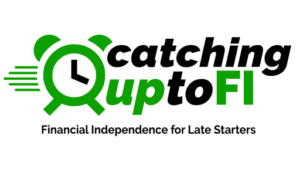At A Glance – Long term credit card debt is the enemy of your financial well-being. It is like a black hole – sucking everything in and leaving you empty-handed. Paying off your credit card debt will break the chains of that bondage.
6 Steps To Pay Off Your Credit Card Debt
1. Have An Emergency Fund
Why am I starting with an Emergency Fund (EF) and not paying your cards? Because the minute you decide to pay off your debt, you will have an emergency! Your car will break down or your water heater will blow up. If you don’t have an EF, you will have to put this crisis on your credit card and the problem will get worse.
If you already have an EF, great! Skip to Step 2. If not, stop what you’re doing right now and work on this. It’s critical! Not only for debt reduction but just for life. An EF puts a cushion between you and life. When you have a flat tire, it’s not a crisis. You buy a new tire, restock your EF and move on.
How much do you need? A fully funded EF is 3-6 months of expenses in cash. If you don’t have any cash saved, then start with $1,000. This is your Baby Emergency Fund. I don’t want you to wait until you save 3-6 months saved before you start working on your debt. After your debt is gone, go back and finish the EF.
How do you get $1,000 quickly? Sell something on Marketplace, have a garage sale, or take a part-time job. Look at where you can cut spending. Do it quickly and do it now. You should be able to come up with $1,000 quickly. Dig all the loose change out of your car seat.
2. Stop Taking On New Debt
To get rid of this debt, you need to commit to no new spending! You can’t make headway with your cards if you keep putting purchases on them. This will be the hardest step for most people. Spending is what got you here. (How’s that working for you, by the way?) New habits and a new mindset will get you out.
If you can’t pay cash for something, you can’t afford it. Reduce your spending (for a season) to necessities only. And no, getting your nails done or a new car magazine is not a necessity! I know this will be painful, but it won’t last forever.
Start using a budget and track your expenses. Budgeting and tracking will show you where you are overspending and getting off track. If you haven’t used one before, here is a link to an article about Budgeting and an article about Tracking Your Spending. They include simple spreadsheets you can use. They are free for you to download, or you can find many others on the web. There are also apps you can load to your phone that make tracking simple. Give yourself some grace with these tools if you’ve never done this before. It usually takes about 3 months to get the hang of budgeting.
After you have put your expenses down on paper (or an app), do you see areas where you can cut? For now, cut your spending to the bone. The more you can cut, the faster you will get out of this pit of debt.
3. Use Cash
As I said above, if you don’t have the cash for a purchase, you can’t afford it. I know using cash these days is archaic, but it works. When I was in the pit of debt and fear, I switched to cash. Using cash for a purchase keeps you from overspending by letting you feel the emotional pain of spending. When you have to hand over a couple of Ben Franklins to buy the groceries, it makes you think about everything you put in your basket!
I literally had cash in envelopes in my purse. I can hear your question now…No, I wasn’t afraid to carry that much cash with me. I didn’t have ALL my envelopes in my purse. Just the ones I needed for the errands that day. And I get it, going to the bank to get cash and doling it out to the envelopes is a pain. That’s the point. You want to get that debt paid off and get out of this mode of operating AS SOON AS POSSIBLE.
I understand we are in the 21st century and…”There’s an app for that”. There are lots of apps you can use to help with your spending. Some of the more widely used budgeting apps are Mint, YNAB and Every Dollar.
4. Reduce the Interest Rate Or Transfer The Balance To A 0% Card
Call your current credit card companies and ask for a reduction in your interest rate. This may be a long shot, but the worst thing that can happen is they say no. This will depend on your payment history and your credit score.
Another way to reduce your interest rate would be to transfer your balance to a card with a 0% offer. (You may not be able to do this if your credit is trashed). Some cards offer a 0% interest rate for a period of time. Say 12-18 months. You can transfer your balance and pay the card down while the interest meter has been turned off. This will give you a bit of breathing room. If you are able to do this, push through the pain and pay everything you can find on the balance before the interest starts running again.
Special Note: There is normally a fee to transfer your balance onto a new card. Do the math and be sure you’re not paying more in fees than you will save in interest.
This tactic is a form of debt consolidation, and I’m not usually a proponent of debt consolidation. Let me say that again. I DON’T like Debt Consolidation. Why? Because it won’t work without a behavior change. You must change your behavior with spending and saving. Otherwise, you will consolidate your debt, clear your credit cards and start filling them up again. Not a good plan.
If you can transfer your balance to a 0% card, you should CLOSE the cards you’ve emptied to eliminate the temptation to spend on them.
5. Start Paying Off Your Credit Card Debt
Here’s the real meat of the article! Let’s get those cards paid off!
There are 3 main ways to pay off your credit card debt. They are the Snowball Method, the Avalanche Method and the Hybrid Method.
I will explain them here. Also, here is a link to an article about paying down any kind of debt and includes further descriptions of these methods. How To Pay Off Debt.
Snowball Method
This method is fairly simple. List your balances starting with the smallest balance down to the largest. Ignore the interest rate, just rank them by balance amount. Make minimum payments on all but the smallest card and throw everything you possibly can at the small one until it is paid off. This means any extra money you can get your hands on goes to this debt. This could be money from a side job, overtime, or by selling something.
After the first card is paid off, take all the money you were paying on it plus the minimum payment you were making on the second card and put it on the second card. You keep doing this for each credit card until all are paid. Each time adding the money from the payments on the previous card. This is the snowball and it gets bigger as it rolls to each card.
The snowball method gives you an emotional boost with a quick win. This Atta-Boy can help you stay focused and keep going. The downside is because it does not take interest rates into account you could pay more in the long run.
Avalanche Method
The Avalanche Method is similar to the Snowball, but it considers the interest rate instead of the card’s balance. In this method, list your balances starting with the highest interest rate down to the lowest. Pay minimum payments on all but the first card on the list. Throw all the money you can at the first card until it is paid. Then, like in the Snowball, you add what you were paying on the first card to the minimum payment of the second and keep going till all credit cards are paid.
The avalanche method can save you some money in the end. If you focus on your highest interest card, you can save some money by eliminating that debt first. The downside of this method is it may take months to slog through the first card’s balance.
Hybrid method
The Hybrid Method combines the pros of the Snowball and the Avalanche. Using this method, pay off one or two small cards first for that quick win to get you motivated. Then, as you feel you have the discipline, start working on the card with the largest interest rate.
Last thought about payment method
Which method should you use? My normal advice about debt repayment is, it’s really up to you. Choose what will work better for your situation and temperament. In the case of paying off credit card debt, I would suggest the Avalanche method if you can bear it. Why? Credit card debt carries such high interest that, if it were me, I’d attack the highest interest card first.
6. Track Your Progress
Make yourself a visual. A chart or graph. Put it on your phone and your computer. Put it on your refrigerator. Make sure you squeeze every bit of feel-good from your progress. Give yourself a pat on the back for every little win.
This whole credit card payoff process won’t be easy. And it won’t be quick. As Dave Ramsey says, “You might have wandered into debt, but you can’t wander out”!
It may help to have an accountability partner along this journey. Find someone who will walk this road with you and say hard things because they love you.
Go to my Started At 50 Facebook group and let us know how you’re doing. We would all love to celebrate your progress!
I’ve Paid Off My Credit Cards, Now What?
First, WOOHOO!! Congrats on making this major milestone in your finances and your life. Doesn’t it feel good?
Now it’s time to put your big-girl pants on. FROM NOW ON AND FOREVERMORE, if you put purchases on a credit card…PAY THEM ON TIME AND IN FULL every single month. This is the only way to use these beasts. Now, you can be in control of your credit rather than being at the mercy of the bank!
I would suggest that you also continue to budget and track your spending. You may not need to do this forever, but it is a good way to put guard rails around your finances.
What Does The Bible Say?

Conclusion
“Why go through all this pain”, you may ask? Carrying continuous, strangling debt is no way to live. It sucks the joy out of life, creates stress and will eventually affect everything.
When you work through the process of paying off your credit card debt, you will have freedom and control. Freedom from fear and anxiety and control of your future. You may have other debt in your life that needs to be addressed. If you do, you have the skills and the mindset necessary to attack the rest of your debt. You are now in a position to create the amazing life you want.
Key Takeaway – Long term credit card debt is the enemy of your financial well-being. Paying it off will break the chains of that bondage.
If you need any help or encouragement in your debt pay-off journey, use the contact form to contact me or go to the Started At 50 Facebook group.
Have you been able to pay off some of your credit card debt? Great! Leave a comment so we can all celebrate with you.
Assignment 1 – Commit to STOP using your credit cards TODAY!
Assignment 2 – Look at all your credit card statements. Make a list of all the balances and interest rates. Decide which payoff method you will use.
Assignment 3 – Pay them off as aggressively as possible
